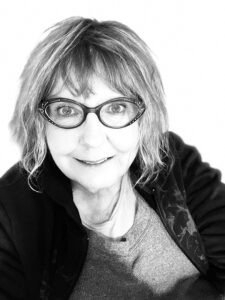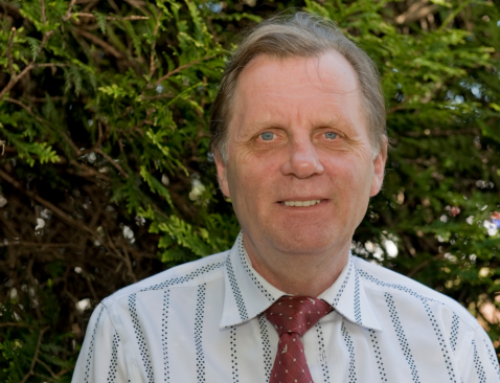
In the late 70s, when Gail began her career as a make-up artist in Alberta, she and her husband were both working in theatre as members of Local 212. At that time, theatre companies didn’t make contributions to any retirement savings plan programs on behalf of employees. This wasn’t a problem with the couple since retirement was a long way off; saving for it wasn’t a priority.
But as they grew older and more established in their careers, their priorities shifted: financial stability was important. Her husband changed his career and became a financial analyst with the Alberta health system. And Gail joined the film industry, where she slowly rose to the head of the make-up department. She worked on notable projects like Fargo (series), Alias Grace, Foresaken, Hell on Wheels, Passchendaele and Legends of the Fall. She and her team from Bury My Heart at Wounded Knee won an Emmy and she won a MUAHS award (Make-up Artists and Hairstylists Guild) for the Fargo series.
In 2006, Local 212 joined CEIRP. Now both 47, Gail and her husband realized that that they were late in contributing to their retirement savings, so she wanted to start contributing right away. “In the beginning, I was ignorant about how the plan worked and anxious about being so late,” said Gail. “But the plan administrator Dee Picciano gave me the information I needed and that gave me the confidence to make important decisions.”
For example, Gail felt that the designated 6% employer contribution was too low for her situation. Instead, she chose to increase it to 12%. It was an automatic, out of sight, out of mind transaction. “I was fortunate because my husband had a steady job, and I was paid at a higher rate. I believe that if your work is steady, you can see a progression in your career, you should also be saving more for retirement, emergencies, etc.”
Gail is now in semi-retirement. At the end of her 71st year, Canada Life contacted her about her decumulation options. She chose to roll her RRSP into a Registered Retirement Income Fund (RRIF) within the plan. Since she continues to work in the occasional theatre or film project, she still makes contributions to a CEIRP Non-Registered Savings Plan (NRSP).
With so much experience in IATSE and CEIRP, we asked her what advice she would give to young members as they start out in their careers:
- Members in their 20s and 30s should aim to save as much as they can. As they progress in the industry, they should increase their contributions by 2 or more percent each decade. To her, it’s essential because the monthly CPP (Canadian Pension Plan) and OAS (Old Age Security) amounts are not very high.
- Become a smart manager of your money and be prepared for slow times like we’ve just seen with the SAG and WGA strikes. Make sure your safety net is there for you and aim to have 6 or more months’ savings in the bank in case of an emergency.
She added, “It’s been especially hard for young people today, this is why CEIRP is so important. It virtually saves money for you. If it wasn’t there, you’d just spend it.”
“It’s fair to say that those of us who are drawn to the arts have carefree personalities,” she added. “We believe everything is going to be ok and we tend to be hardwired for fun. Spending money is fun, while ‘managing it’ is not so fun. I think the trick is to reward yourself when you’re saving for your future. Sure, enjoy life, treat yourself. But also be disciplined enough to not spend everything — think, plan, save and put a bit aside for fun.”





